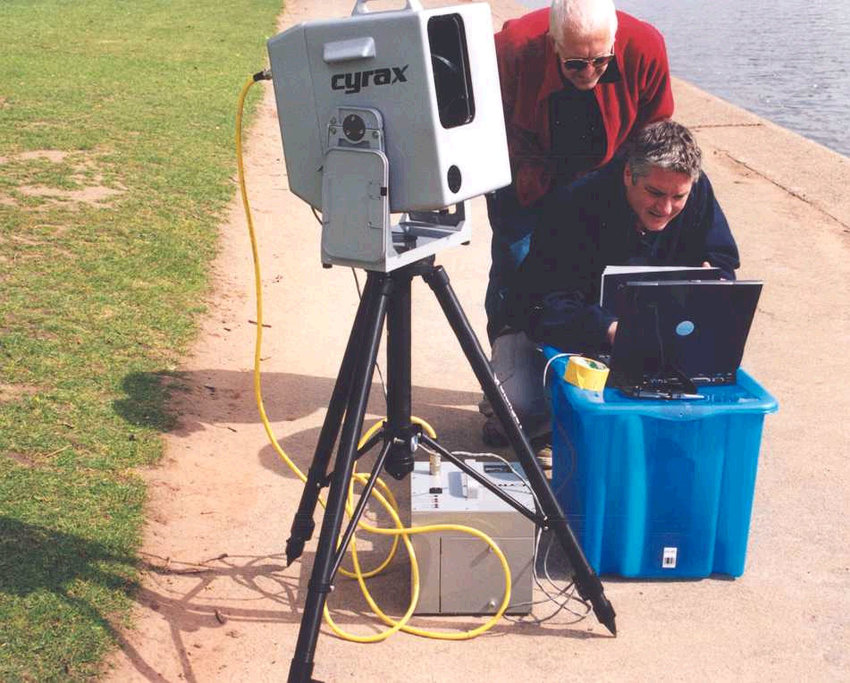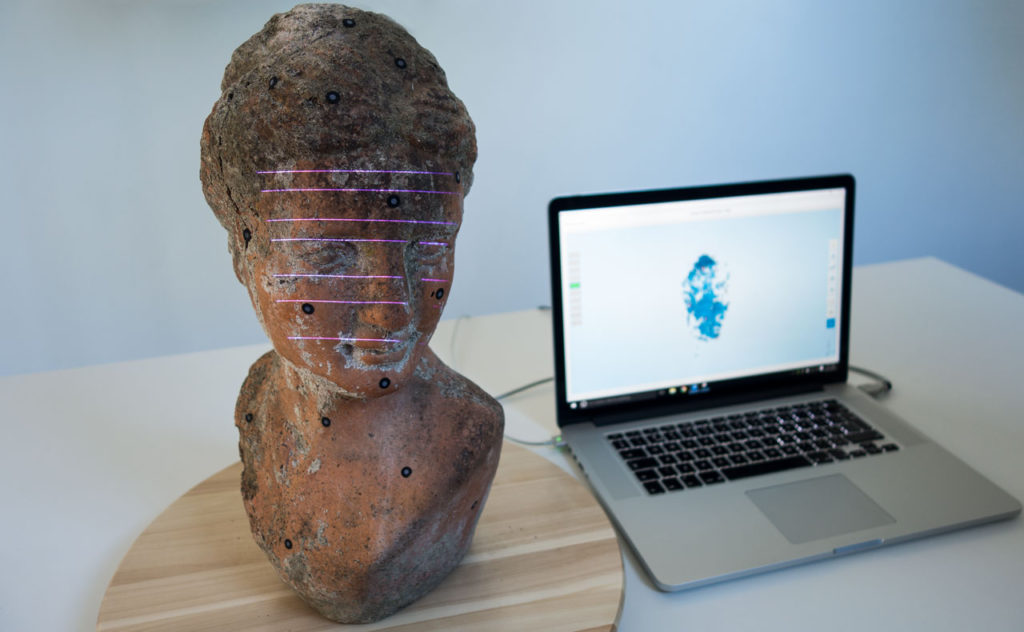Introduction
3D scanning, the quintessential 3D scanning solution, opens doors to creating three-dimensional models by capturing object surfaces. As technology gallops forward, this 3D scanning solution is transitioning from a mere technical novelty to a revolutionary tool, driving transformations in industries from medicine to art to manufacturing.
History and development of 3D scanning
Our journey with 3D scanning commenced in the 1960s. However, the real momentum was achieved with the fusion of computer modeling and advanced electronics, propelling 3D scanning solutions to the forefront of technology. The emergence of 3D laser scanning solutions heralded an era where precision met digitization. The advent of handheld 3D scanners augmented this revolution, offering flexibility and broader applications. Today’s software advancements promise the transformation of raw scans into dynamic 3D models in real-time, underscoring the prowess of modern 3D scanning solution.

How 3D scanning works
Delving into the heart of a 3D scanning solution, it’s about meticulously capturing an object’s intricacies and transmuting that data into a comprehensive digital three-dimensional model. The prominent methods include:
- Laser scanning: This 3D laser scanning solution stands out for its precision, reflecting laser beams to measure surfaces.
- Structured light scanning: Renowned for its speed, it’s often the choice for voluminous objects.
- Photogrammetry: An art of transforming multi-angled photographs into comprehensive 3D models.
- Contact-based scanning: While slower, its direct contact with the object often yields unmatched precision.
Applications in a variety of fields Modern 3D scanning solutions are versatile, finding relevance across diverse domains:
- Industry and manufacturing: From ensuring impeccable product quality to facilitating intricate reverse engineering processes.
- Medicine and biology: Enabling crafting of tailor-made prosthetics and providing an in-depth lens to biological research.
- Arts and Entertainment: The power to digitize relics and craft hyper-realistic graphics is now just a scan away.
- Scientific research and archaeology: With a 3D scanning solution, ancient wonders are digitally immortalized, fostering global research collaborations.
Advantages and limitations of 3D scanning
While 3D scanning solutions are packed with advantages like unmatched precision, incredible speed, and adaptability, they do come with their share of challenges. These encompass the complexities in data processing, certain material restrictions, and the steep price curve of cutting-edge equipment.

Hardware and software
The market today teems with a wide spectrum of 3D scanning solutions:
- Tools: From the robust stationary 3D scanners to the pocket-friendly mobile ones for smartphones.
- Software: With giants like Geomagic, ZBrush, and MeshLab in the fray, processing and tweaking 3D scans have never been easier. When zeroing in on a 3D scanning solution, one should meticulously balance accuracy needs against mobility requisites.
Conclusion
3D scanning solutions have crafted a niche in our technological narrative, influencing a myriad of facets in our daily lives. As we stand at the cusp of technological advancements, the future of 3D scanning solutions gleams with promise, heralding an era of endless possibilities.
